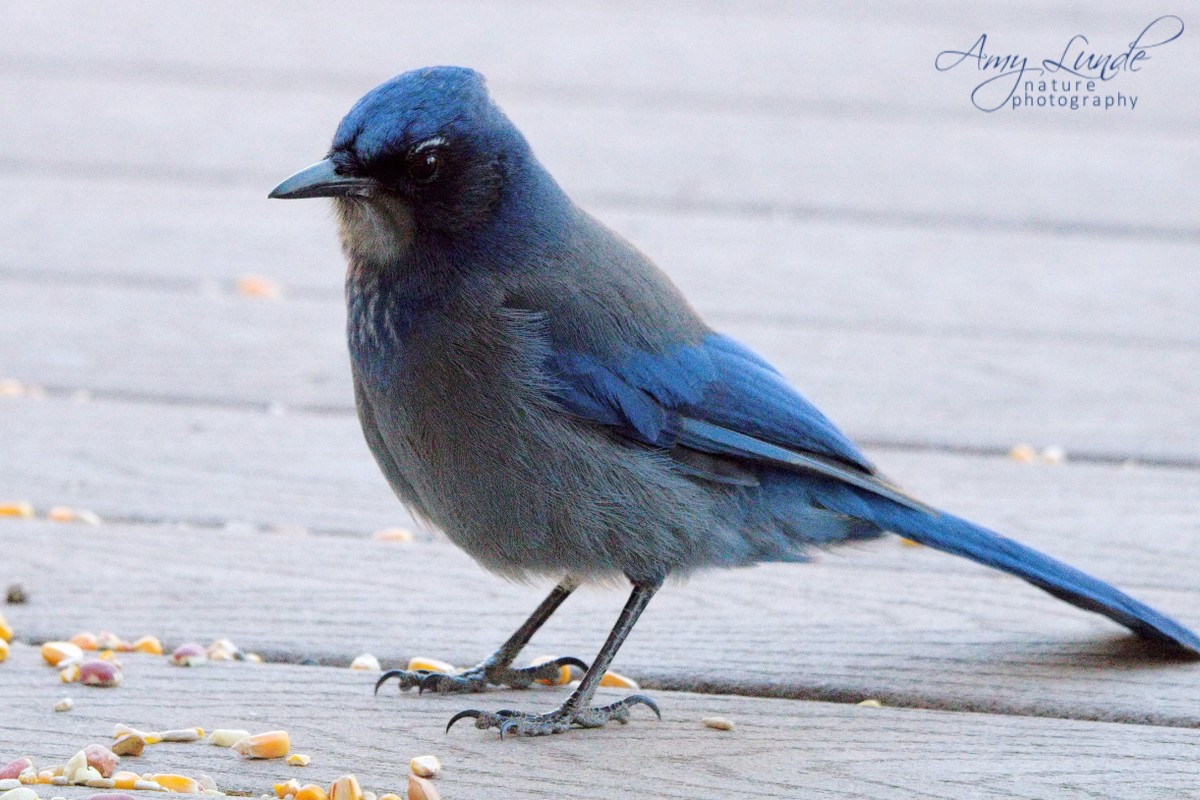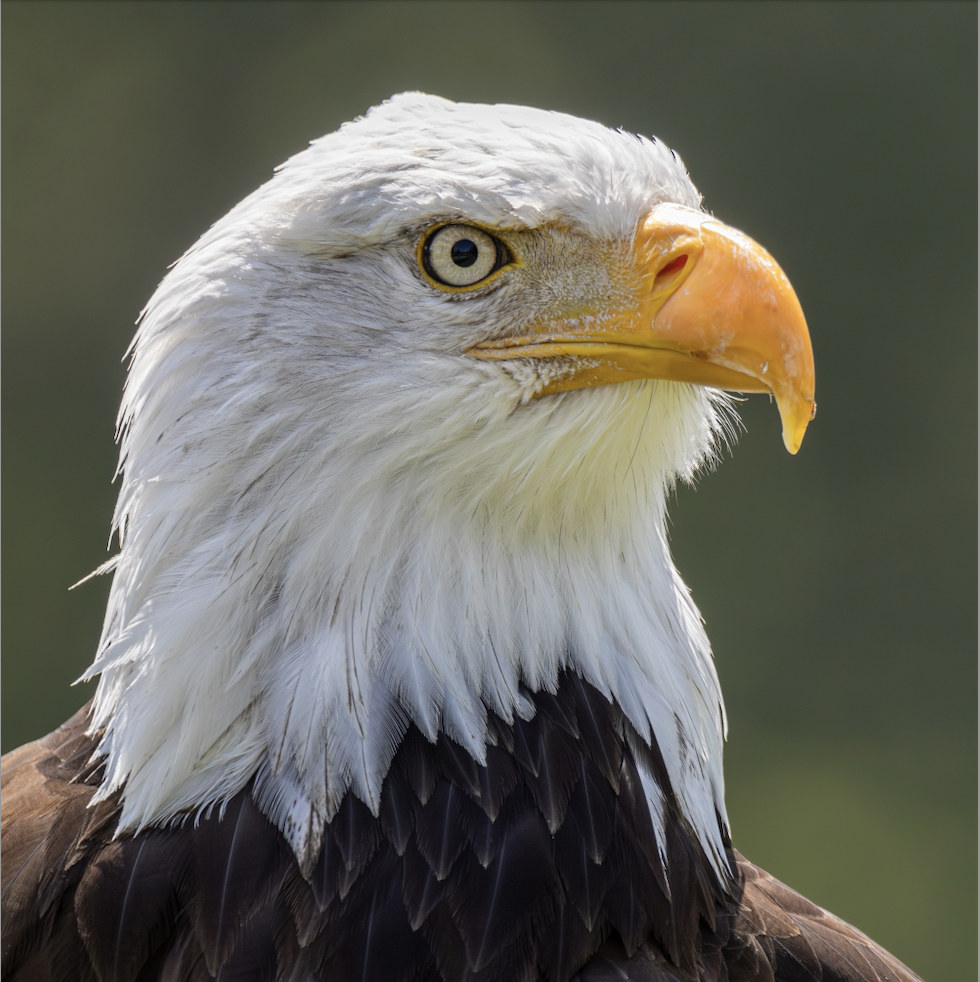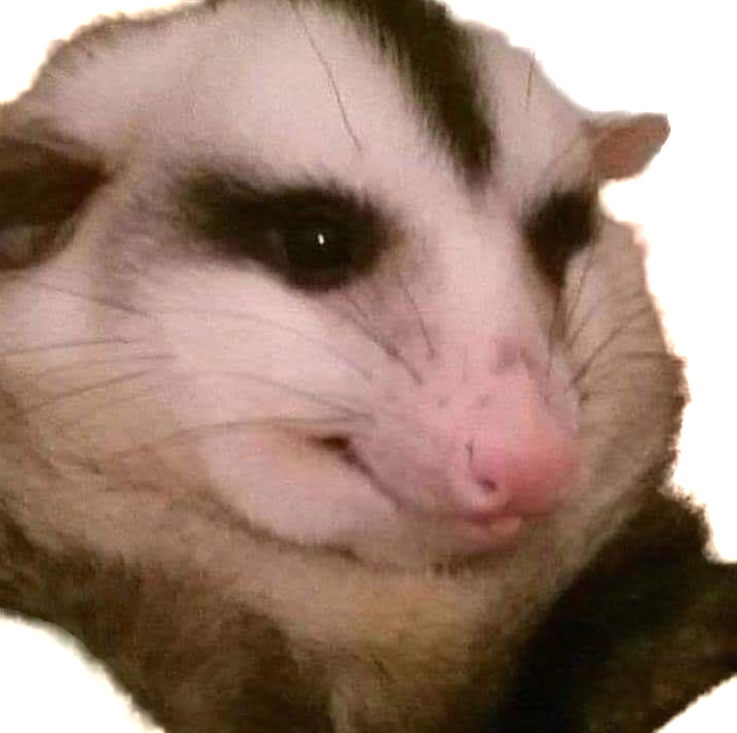TIL there were green jays.
The rest of it is also interesting
There’s also some anthropocentric assumptions in that article. It refers to the two species’ mating as a mistake multiple times. But horizontal gene transfer, while resulting in higher mortalities of offspring, also has the potential to combine unique evolutionary solutions from different lineages into a single species. Just because it’s atypical doesn’t mean it’s a mistake.
This was quite an interesting and informative article. Logically, I get how ranges shift, especially as our climate changes. I’ve not read anything directly about it. This is such an interesting example of hybridization.
The bird had blue feathers on its back and tail and white spots on its wings, similar to a blue jay. But it lacked a blue jay’s spiky crown and had a spot over its eye that is one telltale sign of a green jay. The outlier followed a flock of blue jays and made similar calls. But it also produced the clicks and rattling vocalizations of a green jay.
I wonder too… here we have an overlap between scrub jays and Steller’s Jays, but they look close enough that it would be tough to spot a hybrid.
Hybrid:

Little darker gray, virtually no white, and a hint of the Steller’s crest on top.
I really really really really can’t wait to see a Stellar Jay sometime. They look so rad.
They are absolutely gorgeous in person.
I visited a friend out in the mountains of Idaho a while ago and they were everywhere there. Never got sick of seeing them though, they’re beautiful
Bleenjay
You’ve been eaten by a Grue Jay
Have they tried shining a UV light on it to see whatever other possible hidden vibrant color patterns might show up?






